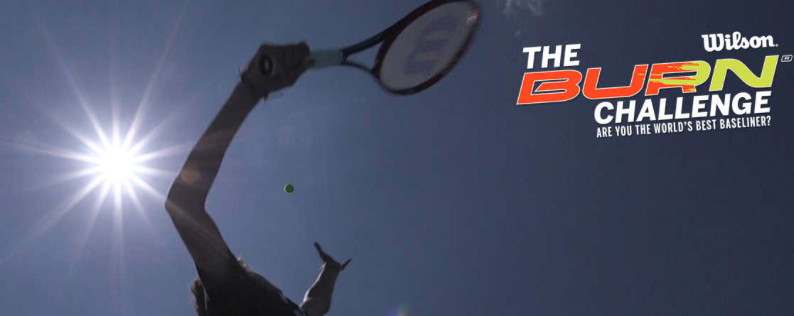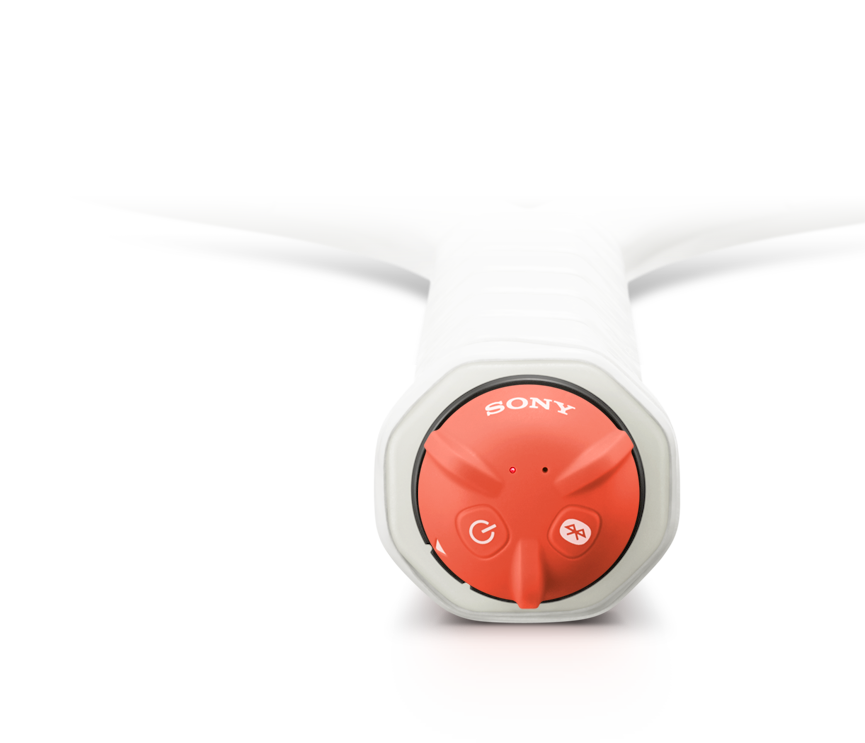Earlier this week, I had the opportunity to participate in the Wilson Burn Challenge for the chance to spend half of a day with Kei Nishikori during the US Open. Using Wilson’s new Burn racket, equipped with the Sony Smart Tennis Sensor, I hit fed forehands and backhands, went through a speed test that involved ladder work, squats, and push-ups, and then I hit two serves. Afterwards, I picked up the tablet and was able to see what my spin level was, what my racket head speed was, where I was hitting the ball on my racket, and how fast I was hitting my groundstrokes and serve.
Here are my Burn Challenge scores:
- Score = 494.976 (beats me when it comes to explaining what this means)
- Best Forehand = 63 mph
- Best Backhand = 60 mph
- Spin Level: 7
- Best Serve = 88 mph
- Footwork Time = 59.3 sec
While my chances of winning this lottery are slim to none, learning about and testing out the new Sony Tennis Smart Sensor was pretty cool. In the wake of Babolat’s unveil of their Babolat Play (you can check out my review here in case you missed it), Wilson has released and is just beginning to promote their own version of the smart tennis racket, but with a few modifications. The sensor tracks similar parts of your game as the Babolat Play: your racket head speed, point of contact on the strings, spin, and more. The difference is that rather than the sensor being built into the racket, the Sony sensor is a small lightweight piece of plastic that you can connect to the butt of any new model Wilson tennis racket.
So, what are some of the pros and cons of Wilson’s new smart tennis racket?
Pros:
- Can be used on any new Wilson racket: The Sony Tennis Smart Sensor can attach to any new Wilson model. Unlike the Babolat Play, you are not limited to specific rackets that have the sensor built in. For all of the Wilson rackets fans out there (such as myself), you don’t have to give up your favorite racket…you just have to buy the newest model.
- Can go on multiple rackets: Another beauty of the Sony sensor is that it can be used on multiple rackets. The real-time data automatically transmits the data of your specific hitting session to your phone or tablet. This means that right after, someone else can use the sensor on their own racket and collect their own data. Coaches and academies could benefit from purchasing one sensor for multiple players who are using new Wilson rackets.
Cons:
- The Price: This little piece of plastic doesn’t come without a hefty price tag…$200 dollars to be exact. And this comes on top of buying all new rackets. It’s quite a big commitment.
- Lack of Durability: The sensor is a little piece of plastic. While I held it in my hand, all I could think was how easily it could be misplaced or broken, especially in the hands of a junior.
As I wrote in my Babolat Play review, these trackers aren’t going to improve your game by themselves, but the information is valuable when it comes to pinpointing what part of your game needs improvement to move forward with your tennis. While Wilson’s product solves some of the issues of the Babolat Play, there are still other things to consider before running out to purchase it all. And as I said before, it might be wise to wait a little bit until the technology catches up with the vision.

